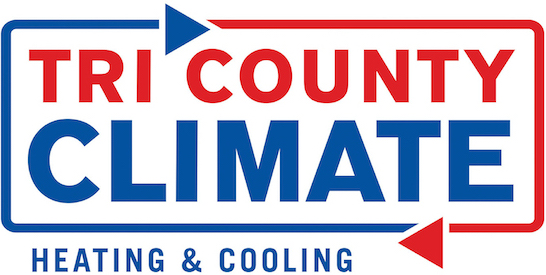As the weather is cooling off, you may be thinking about how you’ll make the most of your heating and cooling. After all, HVAC expenses routinely make up a significant portion of your monthly electric bill. To try and find ways to reduce costs, some homeowners look closer at their thermostat. Maybe there’s a setting they can use to improve efficiency?
The majority of thermostats have a ‘Fan’ or ‘Fan On’ setting. But if the fan is running during a normal cycle, what can the fan setting offer for an HVAC system? This guide will help. We’ll share precisely what the fan setting is and whether you can use it to reduce costs in the summer or winter.
My Thermostat Has a Fan Setting?
For most thermostats, the fan setting indicates that the system’s blower fan stays on. Some furnaces may continue to generate heat at a low level in this setting, but in general heating or cooling isn’t being generated. The ‘Auto’ setting, in contrast, will start the fan through a heating or cooling cycle and shut it off when the cycle is over.
There are benefits and drawbacks to using the fan setting on your thermostat, and the ideal option {will|can|should]] depend on your distinct comfort preferences.
Advantages to switching to the Fan/On setting:
- You can keep the temperature in every room more uniform by permitting the fan to keep generating airflow.
- Indoor air quality should improve because steady airflow will keep moving airborne contaminants through the air filter.
- A smaller amount of start-stop cycles for the blower fan helps lengthen its life span. As the air handler is usually a component of the furnace, this means you can prevent the need for furnace repair.
Drawbacks to using the Fan/On setting:
- A continuous fan will likely increase your energy expenses slightly.
- Continuous airflow can clog your air filter in a shorter amount of time, increasing the frequency you should replace it.
{Choosing Between|Should My Thermostat Be on|Which Setting for My Thermostat? Fan or Auto in Summer/Winter
Through the summer, warm air may stick around in unfinished spaces like the attic or an attached garage. If you use the fan setting, your HVAC system can gradually move this warm air into the rest of your home, pushing the HVAC system to work more to maintain the desired temperature. In severe heat, this could result in needing AC repair more regularly as wear and tear increases.
The opposite can happen over the winter. Cooler spaces such as a basement will hold onto cooler air, which can eventually flow into the rest of your home. Leaving the fan setting on could pump more cold air upward, increasing the amount of heating you need to remain warm.
If you’re still trying to figure out if you should switch to the fan/on setting, remember that every home and family’s comfort needs are different. Leaving the HVAC system’s fan on might be ideal for you if:
Someone in your household suffers from allergies. Allergies and similar respiratory conditions can be hard on the family. Leaving the fan on should help to enhance indoor air quality, helping your family breathe easier.
Your home has hot and cold spots. All kinds of homes wrestle with difficult hot and cold spots that quickly evolve to a temperature different from the rest of the house. The fan setting can help minimize these changes by steadily refreshing each room’s supply of air.

